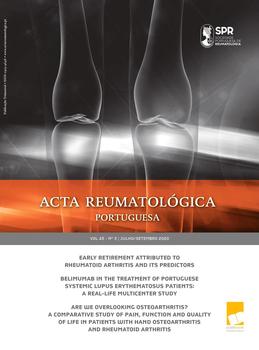Matrix metalloproteinase 7 is a candidate biomarker in systemic sclerosis-associated interstitial lung disease
Authors
Zhixiao Xu; Wenwen Chen; Chengshui Chen;
Background: Pulmonary complications, including pulmonary fibrosis, are the leading causes of death in systemic sclerosis(SSc). However, the aetiology and pathophysiologic mechanisms of the disease have not been comprehensively investigated, and drugs for treating systemic sclerosis-associated interstitial lung disease (SSc-ILD) are limited. The objective of this study was to identify key novel genes and pathways linked to SSc-ILD and decipher the molecular mechanisms involved in the disease.
Methods: We compared three microarray datasets in the GEO database including 42 SSc-ILD samples and 18 normal samples to obtain differentially expressed genes (DEGs). Gene Ontology (GO) analysis and the Kyoto Encyclopaedia of Genes and Genomes (KEGG) pathway analysis were performed, and a protein-protein interaction network was constructed. After validation, gene set enrichment analysis (GSEA) was applied to obtain further insights into the function of the selected hub genes.
Results: A total of 25 DEGs were filtered. The GO analysis revealed genes that were mainly enriched in immune response, chemokine activity, and extracellular regions. KEGG pathway analysis of the DEGs revealed that SSc-ILD was associated with the tumour necrosis factor (TNF) signalling pathway and cytokine-cytokine receptor interaction. Matrix metallopeptidase 7 (MMP7) expression was consistently increased in all the three datasets, and results of the GSEA indicated that MMP7 might play a role in the regulation of the G-protein coupled amine receptor activity.
Conclusions: In summary, the novel DEGs, especially MMP7 and the SSc-ILD pathway genes identified in this study might provide further insights into potential molecular mechanism of the disease.
Zhixiao Xu
Wenwen Chen
Chengshui Chen
Wenwen Chen
Chengshui Chen





